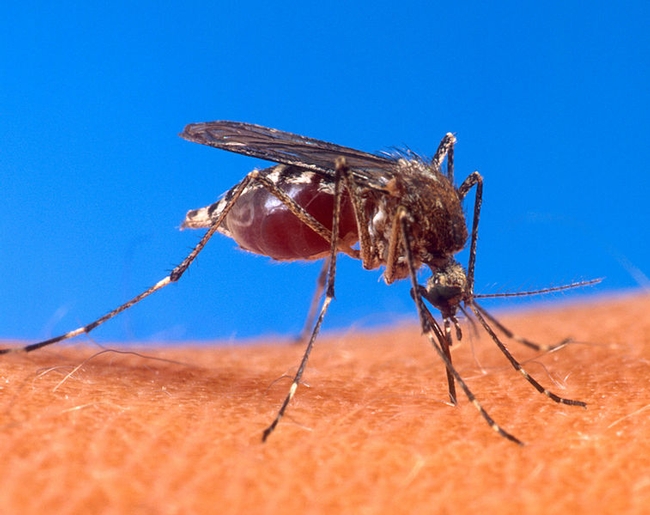Posts Tagged: Zika
UC research on mosquito that spreads Zika is in the public eye
Congressman Jim Costa, who joined crews releasing 20,000 male mosquitoes in Clovis yesterday, said he's ready to return to Washington D.C. immediately if called back to vote on $1.9 billion in emergency supplemental funding to fight Zika in the United States. His district includes part of the San Joaquin Valley where Aedes Aegypti mosquitoes - insects that can spread Zika - have become established.
“San Joaquin Valley communities and researchers need Congress to pass legislation that would fund Zika response efforts and research so that they can continue educating the public and implementing new strategies, like the one we saw today, to control the Aedes aegypti mosquito which can transmit the Zika virus,” Rep. Costa said. “Education efforts and encouraging public engagement are critical components to getting Congress to act and pass a bill that would provide funding for researchers, county public health departments and mosquito abatement districts in the Valley and throughout the nation to limit and ultimately stop the transmission of the Zika virus in the United States.”
Thousands of non-biting male mosquitoes are released every Tuesday and Friday morning after arriving via FedEx from a lab in Kentucky. The males have been infected with a bacterium called Wolbachia. When mosquitoes with the bacterium mate with female who don't have it, the resulting eggs are infertile.
The pilot project, conducted by the Consolidated Mosquito Abatement District and the UC Mosquito Research Laboratory, is just one of several aimed at controlling Aedes aegypti mosquitoes that first appeared in the area three years ago. Aedes aegypti can spread several viruses that pose a serious public health risk, including yellow fever, dengue, Chikungunya, and Zika.
More research funding is needed, said Anthony Cornel, director of the UC Mosquito Research Lab and UC Davis entomologist.
“There are gaps in our knowledge concerning the biology of Aedes aegypti, mosquito, which is the major vector of multiple viruses including Zika virus,” Cornel said. “Research funding is needed to conduct field- and laboratory-based studies to learn more about the daily and local spatial movements, longevity, overwintering behavior and Zika virus vector competence of this mosquito in the San Joaquin Valley. Learning more about the biology will assist us immensely to design improved methods to control Aedes aegypti and to implement more efficient vector-based disease surveillance.”
The event was covered by
Ezra David Romero, Valley Public Radio
Sontaya Rose, ABC 30 Action News
Elizabeth Riecken and Liz Gonzales, KMPH-KFRE Fox 26 News
Jessica Porter, KSEE Channel 24 News
Officials target mosquitos that spread zika with new tools
(While populations of aedes aegypti have been found in California, the diseases have not.)
Cornel said officials need to attack the mosquitos on several fronts.
“There is no silver bullet,” he said.
One of the novel methods the scientists are studying is releasing male mosquitos infected with Wolbachia, a bacterium-like organism. They transfer the infection to females when they mate. The females then produce eggs that do not hatch.
Cornel is hopeful about the new technique.
"Maybe this proves to be an effective strategy, and hopefully it might become a standard control method," he said.
The Fresno Bee story also outlined a more-traditional approach to reducing mosquito populations that will be implemented by the Consolidated Mosquito Abatement staff. In one subdivision in southeast Clovis, the mosquito district asked residents for permission to enter their yards to search for and destroy mosquito breeding spots, such as old tires, toys, pet dishes and underground backyard drains. The project will show whether a vigilant effort to remove standing water will significantly reduce the number of mosquitos found in the neighborhood.



